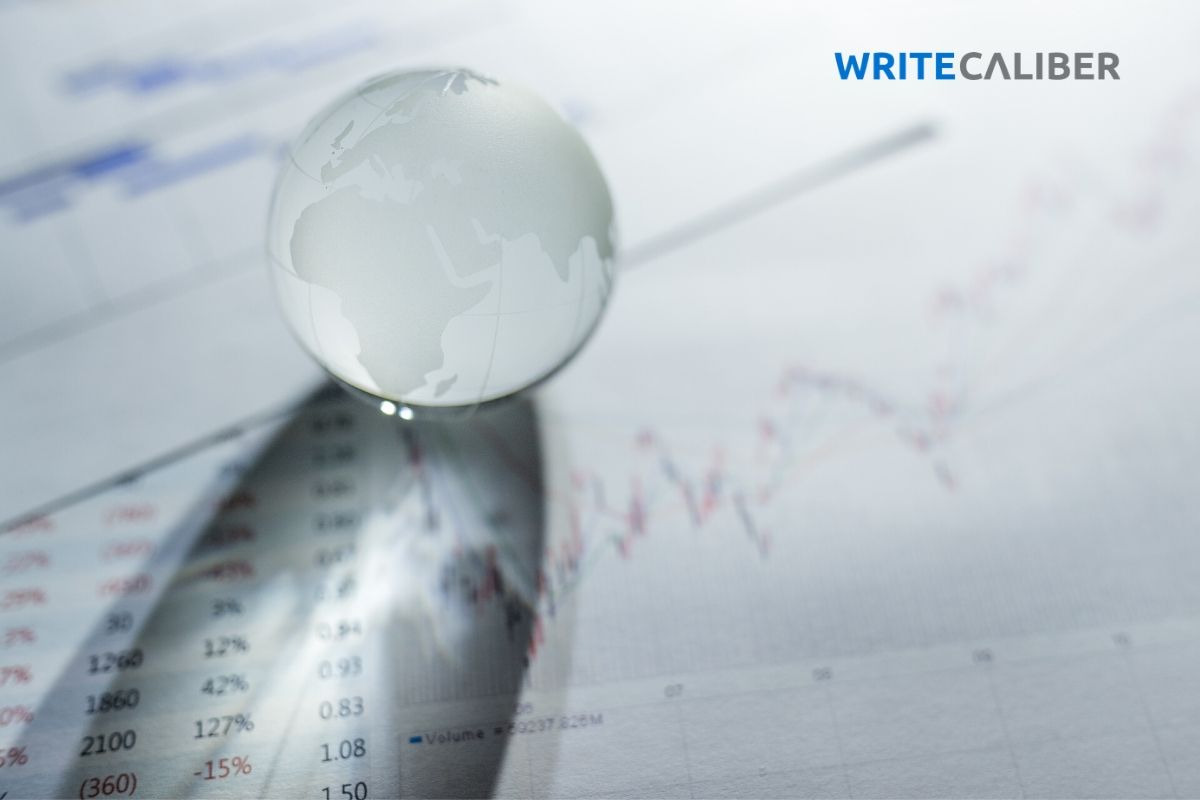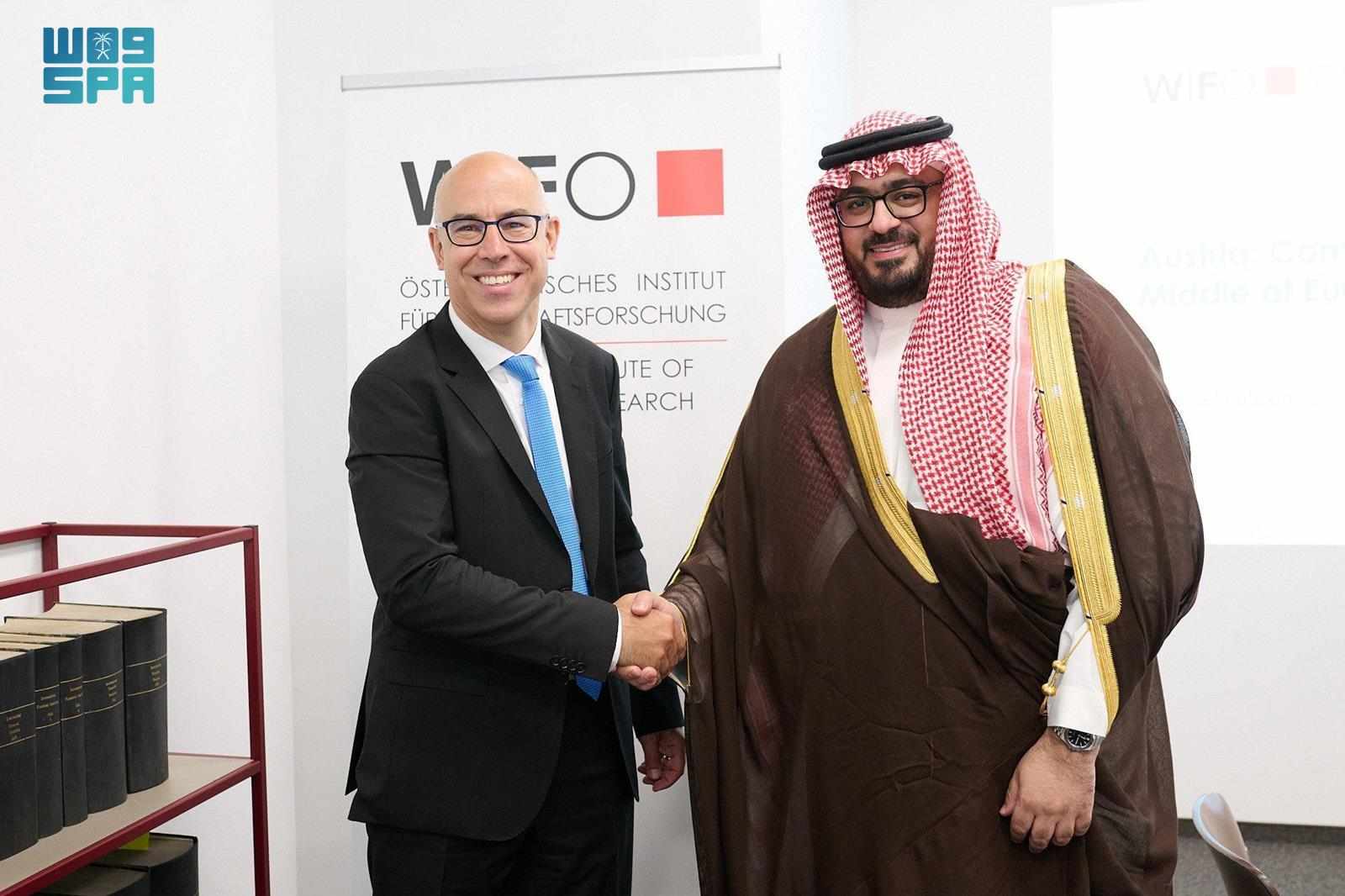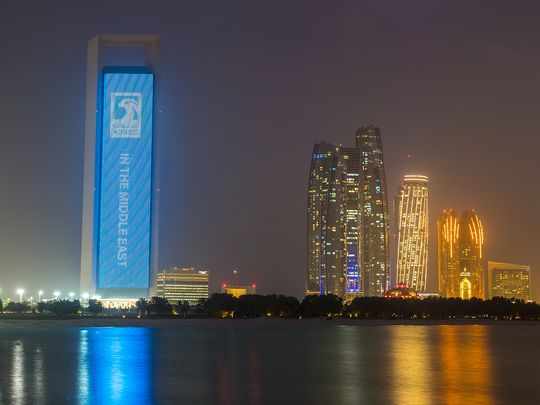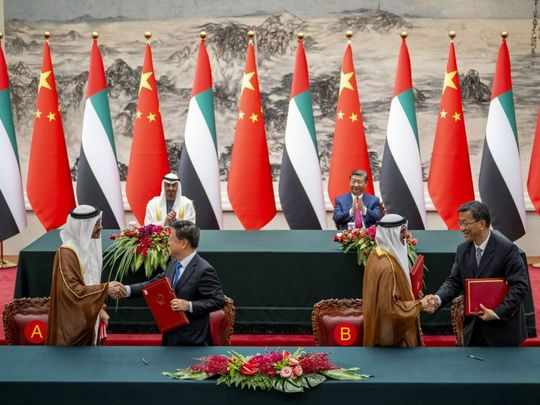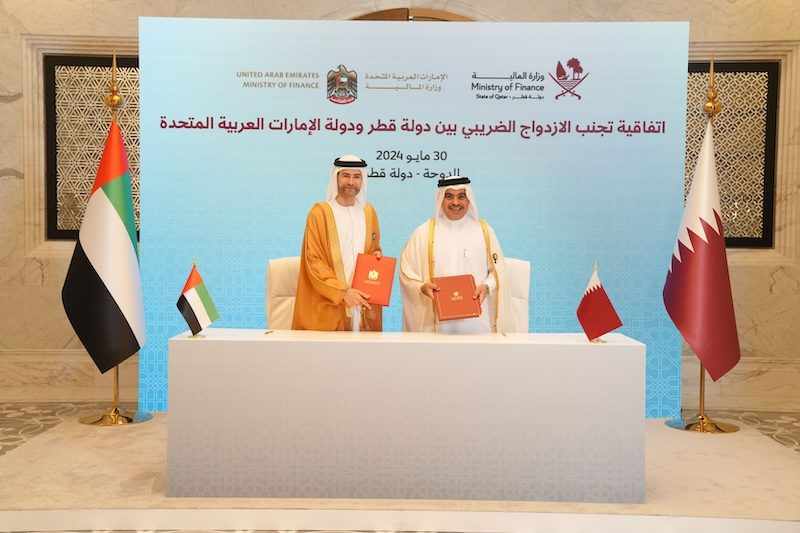‘Economic Diversification 2.0’: Steering the Gulf through the global economic crisis – The National
- Date: 15-Nov-2022
- Source: The National
- Sector:Financial Services
- Country:UAE
‘Economic Diversification 2.0’: Steering the Gulf through the global economic crisis – The National
The Mena region displays divergent recovery patterns in the post-Covid era, with oil exporters growing at a relatively faster pace. But a global economic downturn is looming. What are the priorities for the region’s financial community?
Medium and long-term risks in Mena (like climate change and regional conflicts) notwithstanding, the GCC, largely recovered from Covid-19, should shift onto an “Economic Diversification 2.0” path. While the so-called “Gulf falcons”, the UAE and Saudi Arabia, are the frontrunners with regard to actively diversifying away from oil, future growth prospects require a focus on the “new economy”, in addition to the “old” non-oil sectors (like tourism, infrastructure and logistics) that supported the “Economic Diversification 1.0” phase. But moving to a new diversification path necessitates new tools and investments.
There are multiple drivers of Economic Diversification 2.0. First, the new economy (including industry 5.0, the Internet of Things, AI, blockchain, FinTech and virtual assets) should be supported by an enabling set of investments and policies. This includes a broad-based embracing of the digital economy, in addition to increased investments (both domestic and regional) from the region’s financial markets and sovereign wealth funds (SWFs), which are able to deploy more than $3 trillion in liquid wealth.



